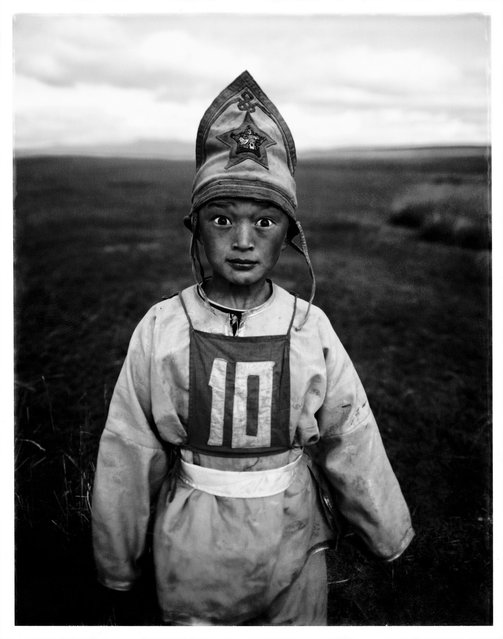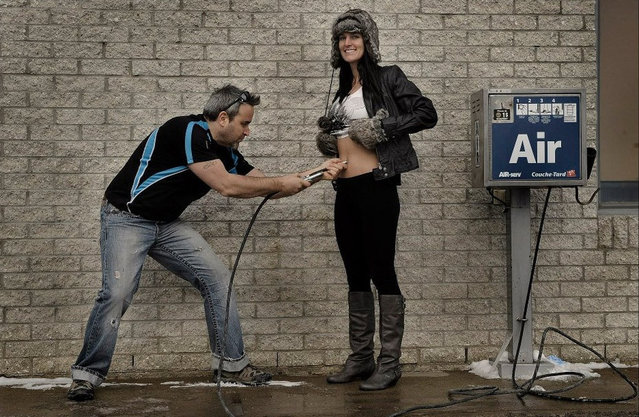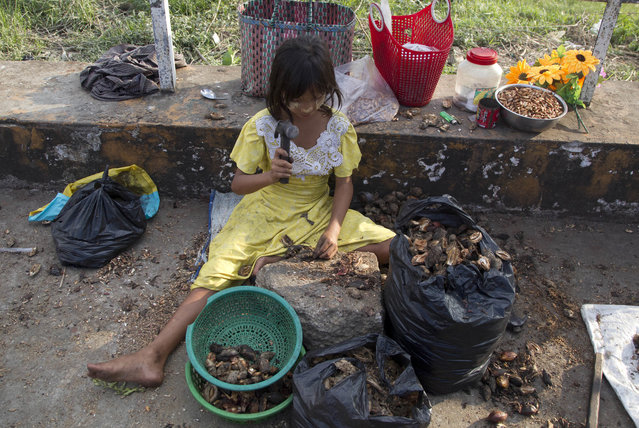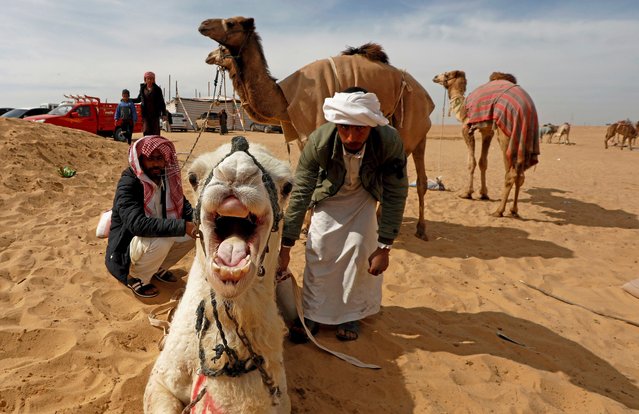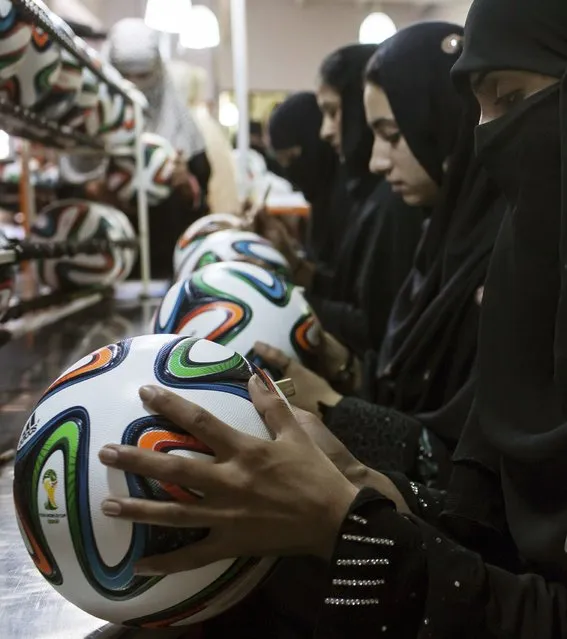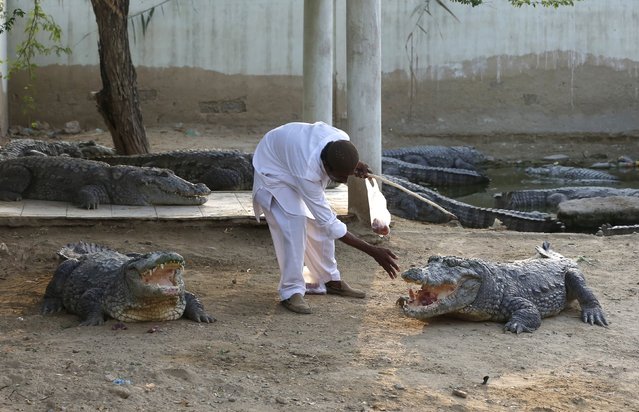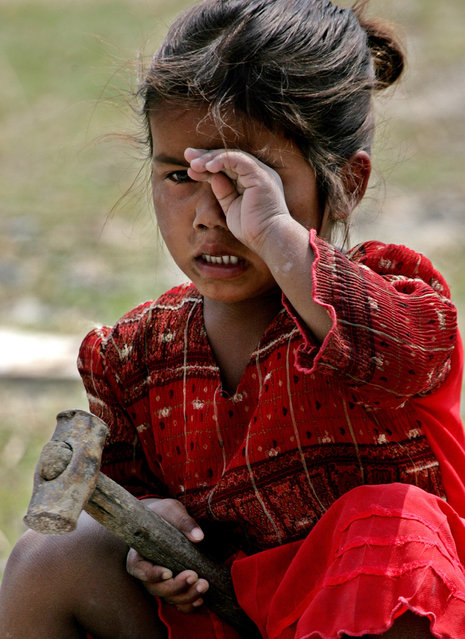
Miley Cyrus broke onto the scene as “Hannah Montana” in 2006. Since the show ended, she’s been desperate to shed the Disney image, first with “Can’t Be Tamed” in 2010, then with open marijuana use and twerking on Robin Thicke’s crotch in 2013. (Photo by Getty Images)
24 Jul 2014 13:06:00,post received
0 comments

